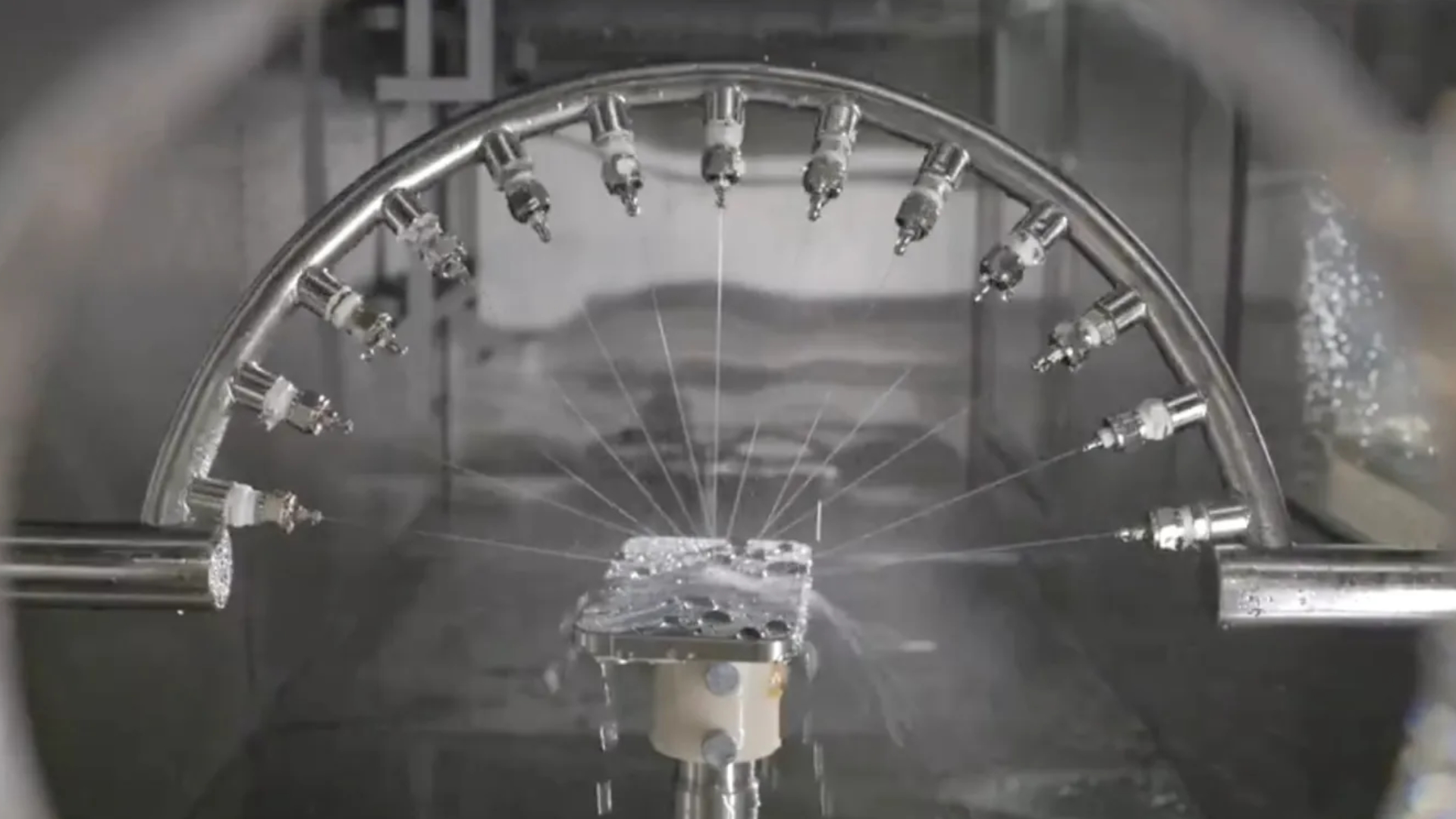
Apple's latest iPhones are the best iPhones for durability. The iPhone 15 and iPhone 15 Pro come with Apple's Ceramic Shield on top of already durable glass. And the new titanium frame is touted to be more durable. For those of us who've always wondered if our iPhones could survive the apocalypse, YouTube durability tests are good entertainment. But it turns out Apple’s got us covered, having done much more extreme testing before new iPhones ever hit the shelves.
MKBHD got an exclusive peek into Apple's secretive durability testing labs, courtesy of John Ternus, Apple’s chief of hardware. Now, if you thought you were careful with your phone, just wait until you hear about the lengths Apple goes to ensure your iPhone doesn't turn into a pricey paperweight.
I recently got to visit some Apple labs where they durability test new iPhones before they come out, and learned a few things (🧵THREAD)#1: Have you actually seen how they water test phones for IP ratings? (video) pic.twitter.com/Qh3hfmlmdnMay 29, 2024
How Apple tests iPhones for durability
First up, iPhones go through the water ingress test. Imagine your iPhone taking a 360-degree shower with 13 streams of water jetting at it from all angles – yes, like a dishwasher. Apple has a whole room dedicated to just water and dust testing. Not one, not two, but four levels of water testing. From a gentle drip tray simulation to a full-on firehose spray, and then locking the phone underwater with extra pressure to mimic deep-sea adventures. Because, you know, in case you drop your phone while scuba diving.
And that's just the beginning. For the drop test, Apple’s got industrial robots doing hundreds of drops in slow motion. Sorry YouTubers, your gravity tests have nothing on this. They even have a shake test that mimics the vibrations of an iPhone being in a biker’s pocket.
John Ternus also shed light on Apple’s philosophy about durability versus repairability. He argues that making devices tougher, even if it means they're a bit trickier to repair, is ultimately better for both the customer and the planet. Fewer failures mean less waste, and hey, who doesn’t want their iPhone to survive a nuclear blast? Of course, this doesn’t sit well with the Right to Repair advocates, who prefer to repair their devices themselves.
So, if you were ever in doubt about the robustness of your iPhone, rest assured, Apple’s throwing everything (including the kitchen sink) at these devices before they ever reach your hands. If you want to see all the action, head over to MKBHD’s Twitter/X and check out the videos (see above).







